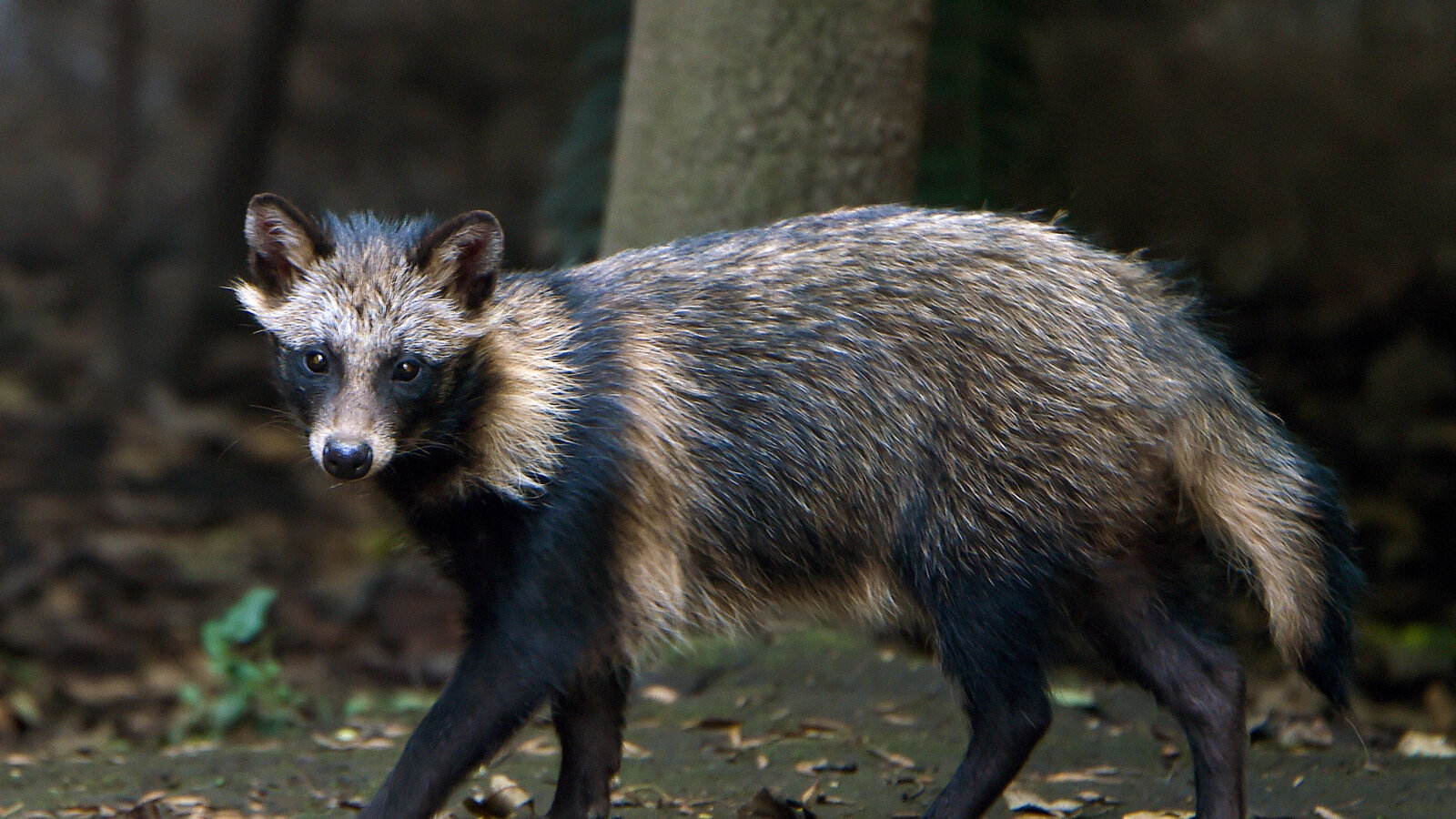Archaeologists have found the oldest pearling town in the Persian Gulf on an island off one of the northern sheikhdoms of the UAE.
Abu Dhabi, Dubai, Sharjah, Ajman, Umm Al-Quwain, Fujairah and Ras Al Khaimah are the seven emirates of UAE.
References
A new analysis of genetic data collected from the Huanan Seafood Market in Wuhan, China, has linked coronavirus to raccoon dogs.

References
Only 9% of annual plastic waste recycled and around 85% of plastic packaging worldwide ends up in landfills.
The United States is by far the world’s biggest plastics polluter, but only around 5% of over 50 million tons of plastic waste produced by households in 2021 in the US was recycled.
References
Scientists get first direct geological evidence of an active volcano in the Venusian surface.
References
The Synthesis Report of the 6th Assessment Cycle (AR6) of the IPCC was adopted at the 58th Session of the IPCC at Interlaken, Switzerland.
|
Working Group |
Deals with |
|
Working Group I |
Physical science basis of climate change |
|
Working Group II |
Impacts, adaptation and vulnerability |
|
Working Group III |
The mitigation of climate change |
References